
How to Use AE-SLG46826V: Examples, Pinouts, and Specs
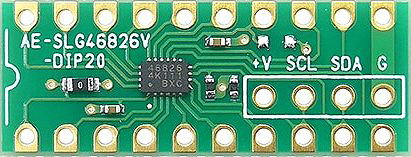
 Design with AE-SLG46826V in Cirkit Designer
Design with AE-SLG46826V in Cirkit DesignerAE-SLG46826V Voltage Regulator Documentation
1. Introduction
The AE-SLG46826V is a high-performance voltage regulator manufactured by Renesas. It is designed to deliver efficient power management in a wide range of electronic circuits. With its low dropout voltage and stable output, this component is ideal for battery-powered applications, portable devices, and other systems requiring reliable voltage regulation.
Key Features:
- Low dropout voltage for efficient power delivery.
- Stable output voltage for sensitive electronic components.
- Compact design suitable for space-constrained applications.
- High efficiency, reducing power loss and heat generation.
Common Applications:
- Battery-powered devices (e.g., wearables, IoT devices).
- Portable electronics.
- Microcontroller-based systems (e.g., Arduino projects).
- Power supply circuits for sensors and communication modules.
2. Technical Specifications
The following table outlines the key technical specifications of the AE-SLG46826V:
| Parameter | Value |
|---|---|
| Input Voltage Range | 1.8V to 5.5V |
| Output Voltage Range | 0.9V to 4.5V |
| Dropout Voltage | 100mV (typical at 100mA load) |
| Maximum Output Current | 150mA |
| Quiescent Current | 1.2µA (typical) |
| Operating Temperature | -40°C to +85°C |
| Package Type | 8-pin STQFN |
Pin Configuration and Descriptions
The AE-SLG46826V is available in an 8-pin STQFN package. The pinout and descriptions are as follows:
| Pin Number | Pin Name | Description |
|---|---|---|
| 1 | VIN | Input voltage supply. Connect to the power source. |
| 2 | GND | Ground connection. |
| 3 | VOUT | Regulated output voltage. Connect to the load. |
| 4 | EN | Enable pin. High to enable the regulator. |
| 5 | NC | No connection. Leave unconnected or grounded. |
| 6 | FB | Feedback pin for output voltage adjustment. |
| 7 | NC | No connection. Leave unconnected or grounded. |
| 8 | BYP | Bypass pin for noise filtering. Connect a capacitor. |
3. Usage Instructions
Basic Circuit Configuration
To use the AE-SLG46826V in a circuit, follow these steps:
- Input Voltage (VIN): Connect the input voltage (1.8V to 5.5V) to the VIN pin. Ensure the input voltage is within the specified range.
- Output Voltage (VOUT): Connect the load to the VOUT pin. The output voltage is regulated based on the feedback pin (FB).
- Enable Pin (EN): Drive the EN pin high (logic 1) to enable the regulator. Pull it low (logic 0) to disable the regulator.
- Feedback Pin (FB): Use a resistor divider network to set the desired output voltage. Refer to the formula in the datasheet for calculating resistor values.
- Bypass Pin (BYP): Connect a small capacitor (e.g., 10nF) to the BYP pin to reduce output noise.
- Ground (GND): Connect the GND pin to the circuit ground.
Example Circuit Diagram
Below is a basic circuit diagram for the AE-SLG46826V:
+5V (Input)
|
R1
|
+-----> EN (Enable)
|
VIN -----> AE-SLG46826V -----> VOUT (Regulated Output)
| |
GND ----------------------------+
Important Considerations:
- Use low-ESR capacitors for input and output filtering to ensure stability.
- Avoid exceeding the maximum input voltage (5.5V) to prevent damage.
- Place the regulator and associated components close to the load to minimize noise and voltage drops.
4. Arduino Integration Example
The AE-SLG46826V can be used to power an Arduino UNO or other microcontroller boards. Below is an example of how to integrate it into an Arduino-based project:
Circuit Setup:
- Connect the AE-SLG46826V's VOUT to the Arduino's 5V pin.
- Use a 3.7V Li-ion battery as the input to the regulator.
Sample Arduino Code:
// Example: Reading a sensor powered by AE-SLG46826V regulator
// This code reads data from an analog sensor connected to A0.
const int sensorPin = A0; // Analog pin connected to the sensor
int sensorValue = 0; // Variable to store the sensor reading
void setup() {
Serial.begin(9600); // Initialize serial communication
pinMode(sensorPin, INPUT); // Set the sensor pin as input
}
void loop() {
sensorValue = analogRead(sensorPin); // Read the sensor value
Serial.print("Sensor Value: ");
Serial.println(sensorValue); // Print the sensor value to the serial monitor
delay(1000); // Wait for 1 second before the next reading
}
5. Troubleshooting and FAQs
Common Issues and Solutions
| Issue | Possible Cause | Solution |
|---|---|---|
| No output voltage | EN pin not enabled | Ensure the EN pin is driven high. |
| Output voltage is unstable | Insufficient input/output capacitors | Use low-ESR capacitors as recommended. |
| Regulator overheating | Excessive load current | Ensure the load current is ≤150mA. |
| Output voltage is incorrect | Incorrect feedback resistor values | Verify and recalculate resistor values. |
FAQs
Can I use the AE-SLG46826V with a 3.3V microcontroller?
- Yes, the regulator can provide a stable 3.3V output for microcontrollers. Adjust the feedback resistors accordingly.
What is the recommended input capacitor value?
- A 1µF ceramic capacitor is recommended for the input to ensure stability.
Can I leave the BYP pin unconnected?
- It is not recommended. Connect a small capacitor (e.g., 10nF) to the BYP pin to reduce noise.
What happens if the input voltage drops below 1.8V?
- The regulator may stop functioning or provide an unstable output. Ensure the input voltage remains within the specified range.
6. Conclusion
The AE-SLG46826V voltage regulator by Renesas is a versatile and efficient component for powering electronic circuits. Its low dropout voltage, high efficiency, and compact design make it an excellent choice for battery-powered and portable applications. By following the guidelines in this documentation, users can integrate the AE-SLG46826V into their projects with ease and confidence.
Explore Projects Built with AE-SLG46826V
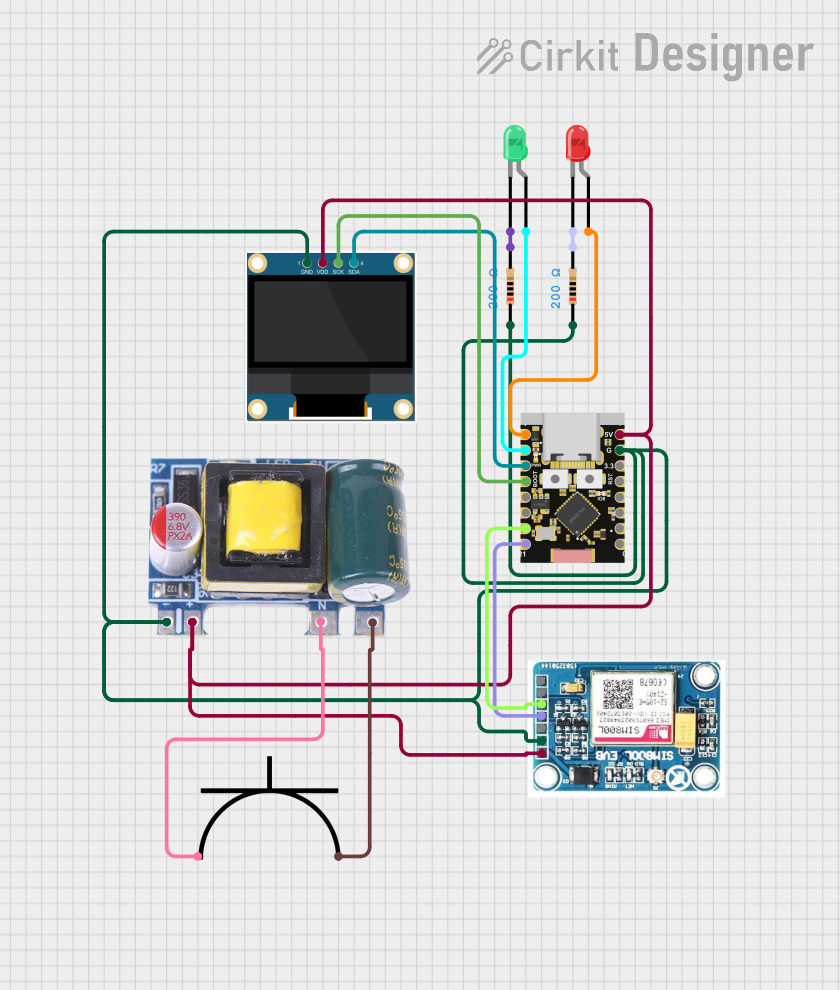
 Open Project in Cirkit Designer
Open Project in Cirkit Designer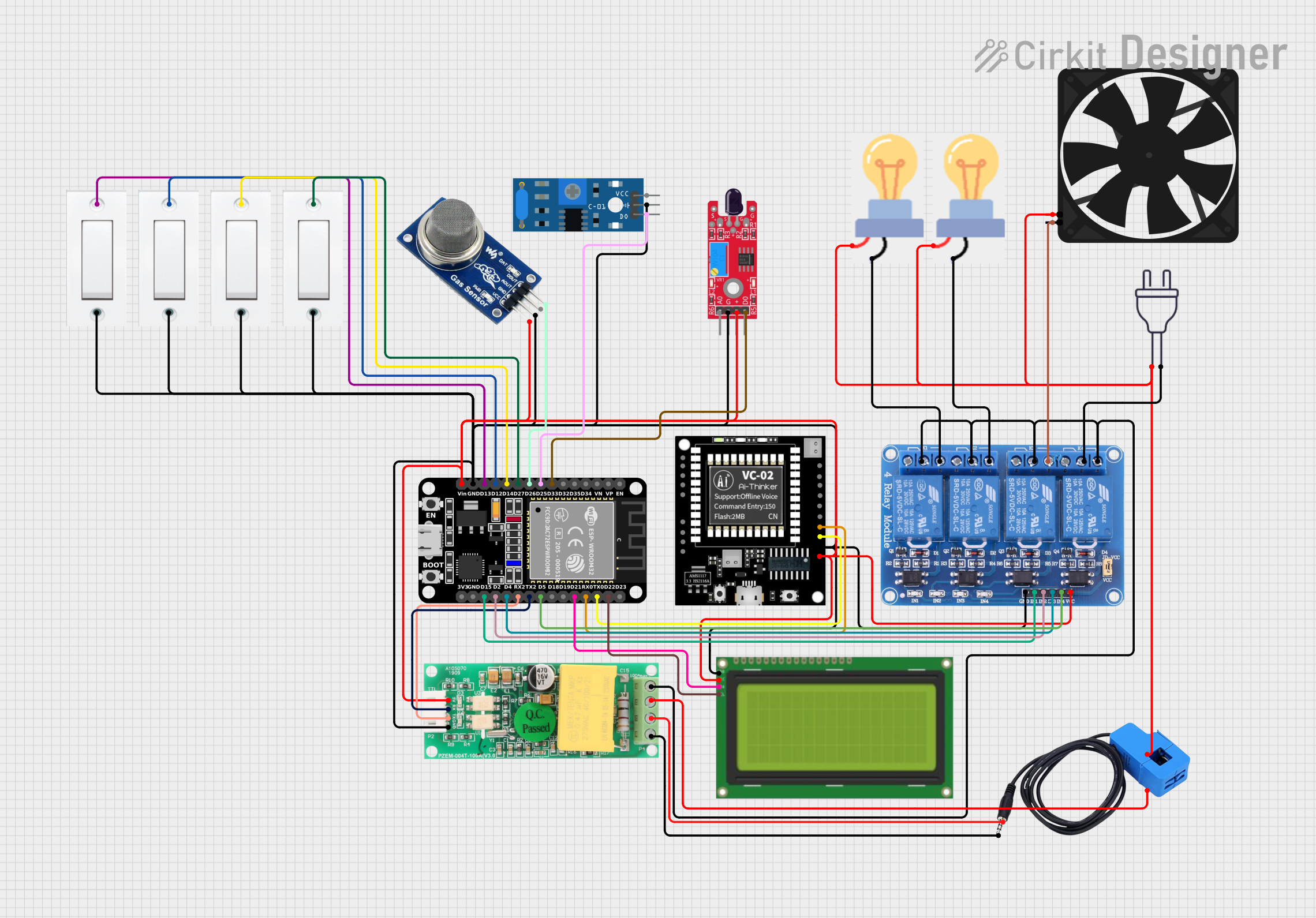
 Open Project in Cirkit Designer
Open Project in Cirkit Designer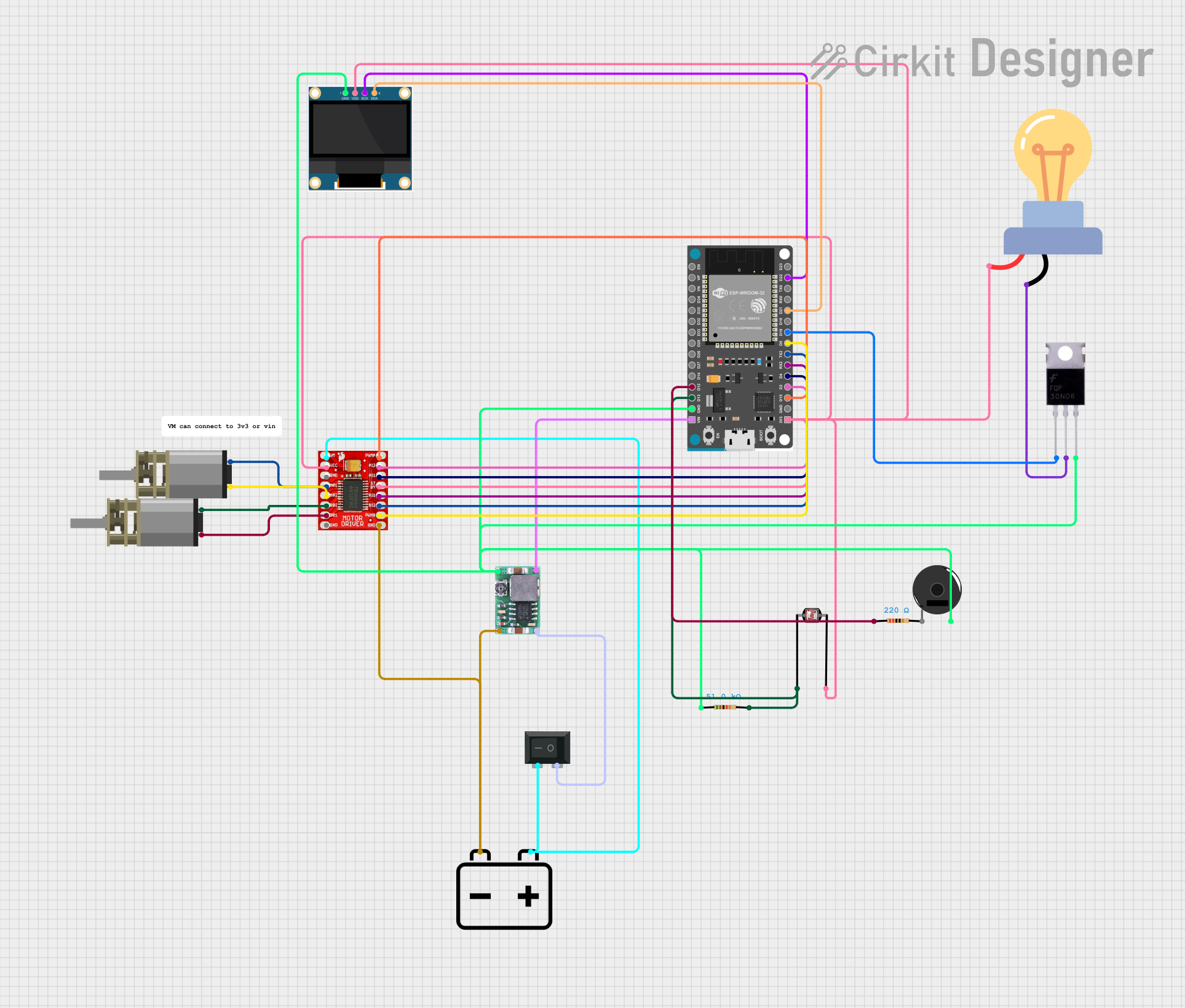
 Open Project in Cirkit Designer
Open Project in Cirkit Designer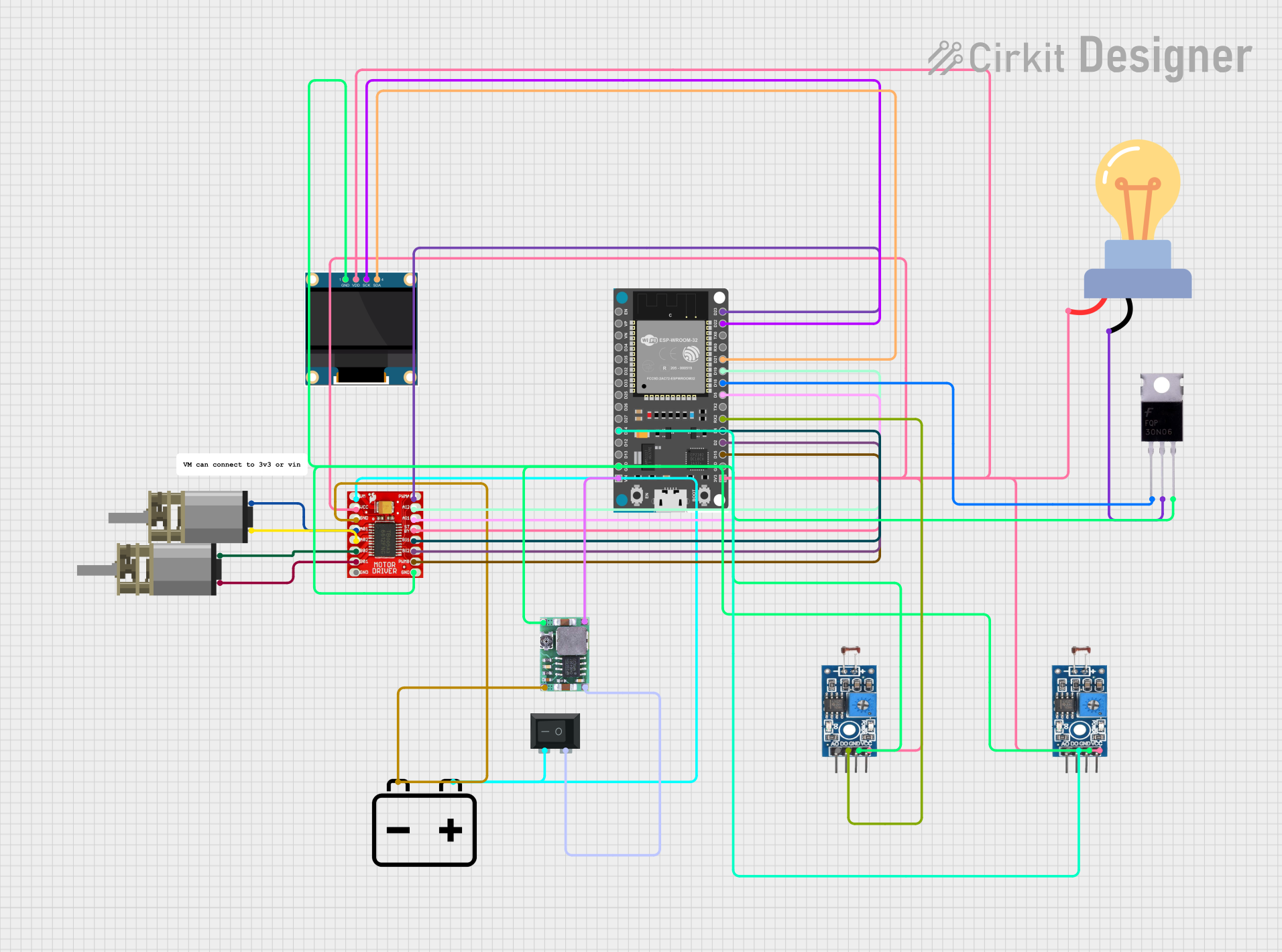
 Open Project in Cirkit Designer
Open Project in Cirkit DesignerExplore Projects Built with AE-SLG46826V

 Open Project in Cirkit Designer
Open Project in Cirkit Designer
 Open Project in Cirkit Designer
Open Project in Cirkit Designer
 Open Project in Cirkit Designer
Open Project in Cirkit Designer
 Open Project in Cirkit Designer
Open Project in Cirkit Designer